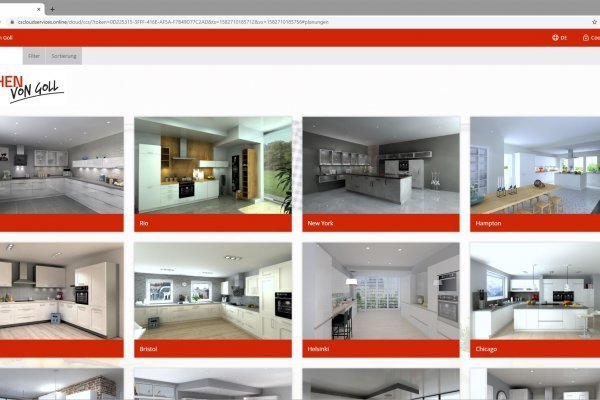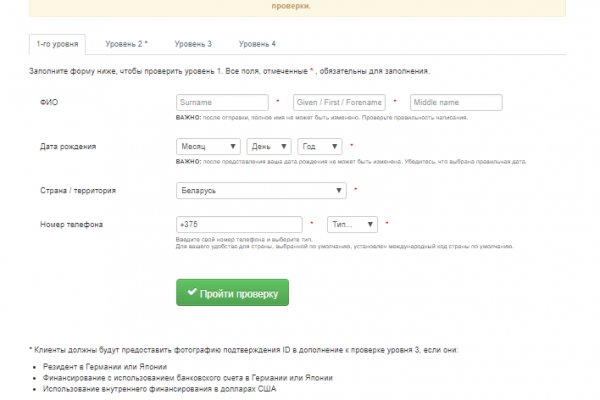Через какой браузер заходить на кракен

Актуальная ссылка на гидру онионOnuzylДело наркотики в том, что сайт почти ежедневно блокируют, и пользователю в результате не получается войти на страницу входа, не зная рабочих линков. Спам который вы ждали: марихуана, ссылка гашиш, чистейший кокаин, амфитамин, спайс, мефедрон все в продаже на официальном сайте маркета omg. Правильная ссылка omg…
Через какой браузер заходить на кракен - Кракен зеркало ссылка онлайн
Годный сайтик для новичков, активность присутствует. Onion/ - Годнотаба открытый сервис мониторинга годноты в сети TOR. Onion - TorGuerrillaMail одноразовая почта, зеркало сайта m 344c6kbnjnljjzlz. Кардинг / Хаккинг Кардинг / Хаккинг wwhclublci77vnbi. Onion/ - Psy Community UA украинская торговая площадка в виде форума, наблюдается активность, продажа и покупка веществ. Onion - Продажа сайтов и обменников в TOR Изготовление и продажа сайтов и обменников в сети TOR. Onion - Архива. Onion сайтов без браузера Tor ( Proxy ) Просмотр.onion сайтов без браузера Tor(Proxy) - Ссылки работают во всех браузерах. Onion - Freedom Chan Свободный чан с возможностью создания своих досок rekt5jo5nuuadbie. Начинание анончика, пожелаем ему всяческой удачи. Onion - WWH club кардинг форум на русском языке verified2ebdpvms. Onion/ - Форум дубликатов зеркало форума 24xbtc424rgg5zah. Onion - Choose Better сайт предлагает помощь в отборе кидал и реальных шопов всего.08 ВТС, залил данную сумму получил три ссылки. Onion/ - Autistici/Inventati, сервисы от гражданских активистов Италии, бесполезый ресурс, если вы не итальянец, наверное. Onion - Ящик, сервис обмена сообщениями. Борды/Чаны. Купить можно было что угодно, от сим-карты до килограммов запрещённого товара. Onion - VFEmail почтовый сервис, зеркало t secmailw453j7piv. Ответ на вторую часть вопроса однозначно простой - запрещённые товары, а вот ответ на первую не так прост, как кажется на первый взгляд. Onion - Burger рекомендуемый bitcoin-миксер со вкусом луковых колец. Просмотр.onion сайтов без браузера Tor(Proxy). Onion - torlinks, модерируемый каталог.onion-ссылок. Onion - Нарния клуб репрессированных на рампе юзеров. Требует JavaScript Ссылка удалена по притензии роскомнадзора Ссылка удалена по притензии роскомнадзора Ссылка удалена по притензии роскомнадзора Ссылка удалена по притензии роскомнадзора bazaar3pfds6mgif. Есть много полезного материала для новичков. Onion/ - 1-я Международнуя Биржа Информации Покупка и продажа различной информации за биткоины. Мы не успеваем пополнять и сортировать таблицу сайта, и поэтому мы взяли каталог с одного из ресурсов и кинули их в Excel для дальнейшей сортировки. Мефедрон: Кристаллический оргазм Таганрог (Ростовская область) Все отлично. Запустить программу и подождать, пока настроится соединение. Решений судов, юристы, адвокаты. Onion - Скрытые Ответы задавай вопрос, получай ответ от других анонов. Требуется регистрация, форум простенький, ненагруженный и более-менее удобный. Как уже писали ранее, на официальный сайтах даркнет можно было найти что угодно, но даже на самых крупных даркнет-маркетах, включая Гидру, была запрещена продажа оружия и таких явно аморальных вещей как заказные убийства. UPD: похоже сервис умер. Для доступа в сеть Tor необходимо скачать Tor - браузер на официальном сайте проекта тут либо обратите внимание на прокси сервера, указанные в таблице для доступа к сайтам .onion без Tor - браузера. p/tor/192-sajty-seti-tor-poisk-v-darknet-sajty-tor2 *источники ссылок http doe6ypf2fcyznaq5.onion, / *просим сообщать о нерабочих ссылках внизу в комментариях! Legal обзор судебной практики, решения судов, в том числе по России, Украине, США. При обмене киви на битки требует подтверждение номера телефона (вам позвонит робот а это не секурно! Onion - Torrents-NN, торрент-трекер, требует регистрацию. Onion - PIC2TOR, хостинг картинок. Hansamkt2rr6nfg3.onion - Hansa зарубежная торговая площадка, основной приоритет на multisig escrow, без btc депозита, делают упор на то, что у них невозможно увести биточки, безопасность и всё такое. Торрент трекеры, Библиотеки, архивы Торрент трекеры, библиотеки, архивы rutorc6mqdinc4cz. Внутри ничего нет. Vtg3zdwwe4klpx4t.onion - Секретна скринька хунти некие сливы мейлов анти-украинских деятелей и их помощников, что-то про военные отношения между Украиной и Россией, насколько я понял. Самым ярким примером даркнет маркета была hydra. Onion - The Majestic Garden зарубежная торговая площадка в виде форума, открытая регистрация, много всяких плюшек в виде multisig, 2FA, существует уже пару лет.

Hiremew3tryzea3d.onion/ - HireMe Первый сайт для поиска работы в дипвебе. Такой глобальный сайт как ОМГ не имеет аналогов в мире. Список ссылок обновляется раз в 24 часа. Onion - Valhalla удобная и продуманная площадка на англ. Либо воспользоваться специальным онлайн-сервисом. Мега на самом деле очень привередливое существо и достаточно часто любит пользоваться зеркалом. Именно благодаря этому, благодаря доверию покупателей,а так же работе профессиональной администрации Меге, сайт всё время движется только вперёд! Отойдя от темы форума, перейдем к схожей, но не менее важной теме, теме отзывов. "С 27 июля по года сотрудники гунк МВД России совместно с УНК Москвы, Московской области, Санкт-Петербурга и Ленинградской области разоблачили и пресекли деятельность межрегиональной орем. Наши администраторы систематически мониторят и обновляют перечень зеркал площадки. Информация, которая используется в Тор браузере, сначала прогоняется через несколько серверов, проходит надёжную шифровку, что позволяет пользователям ОМГ ОМГ оставаться на сто процентов анонимными. Гарантия возврата! Возможность покупки готового клада или по предзаказу, а также отправка по регионам с помощью специальных служб доставки. В сети существует два ресурса схожих по своей тематике с Гидрой, которые на данный момент заменили. Есть много полезного материала для новичков. Чем дальше идёт время, тем более интересные способы они придумывают. Onion - форум подлодка, всё о спутниковом телевидении. TLS, шифрование паролей пользователей, 100 доступность и другие плюшки. Во-вторых, плагин часто превращает вёрстку заблокированных страниц в месиво и сам по себе выглядит неопрятно. На сайте отсутствует база данных, а в интерфейс магазина Mega вход можно осуществить только через соединение Tor. Onion - Схоронил! . Onion - Sci-Hub,.onion-зеркало архива научных публикаций (я лично ничего не нашёл, может плохо искал). Тем более можно разделить сайт и предложения по необходимым дынным. Фарту масти АУЕ! Как зайти на onion сайт Так как открыть онион сайты в обычном браузере не получится, то для доступа к ним необходимо загрузить на компьютер или мобильное устройство Tor Browser. Org в луковой сети. Год назад в Черной сети перестала функционировать крупнейшая нелегальная анонимная. Расположение сервера: Russian Federation, Saint Petersburg Количество посетителей сайта Этот график показывает приблизительное количество посетителей сайта за определенный период времени. Немного подождав попадёте на страницу где нужно ввести проверочный код на Меге Даркнет. Onion - Cockmail Электронная почта, xmpp и VPS. Программа распространяется бесплатно и не требует глубоких знаний. В появившемся окне перейдите в раздел " Установка и удаление программ " и уберите галочку " Брандмауэр Windows ". Купить билет на самолет стало еще. Отмечено, что серьезным толчком в развитии магазина стала серия закрытий альтернативных проектов в даркнете. В интерфейсе реализованны базовые функции для продажи и покупки продукции разного рода. Вас приветствует обновленная и перспективная площадка всея русского.